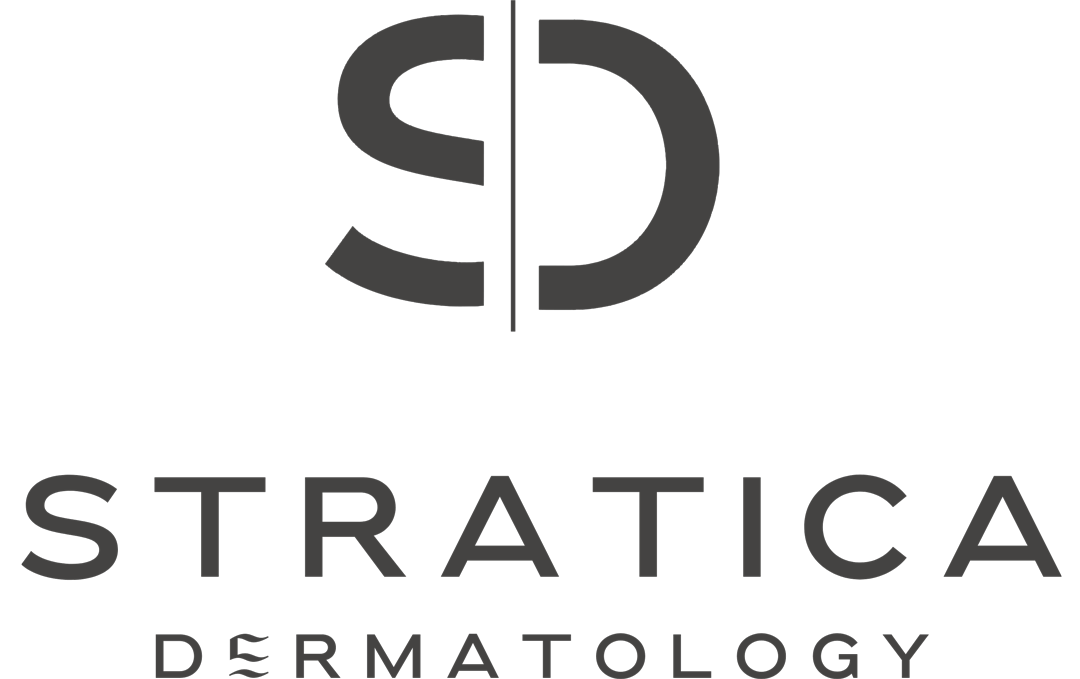What is hyperhidrosis?
Hyperhidrosis (hi-pur-hi-DROE-sis) is abnormally excessive sweating that’s not necessarily related to heat or exercise. You may sweat so much that it soaks through your clothes or drips off your hands. Besides disrupting normal daily activities, this type of heavy sweating can cause social anxiety and embarrassment.
Common Causes of Hyperhidrosis
Sweating is your body’s mechanism to cool itself. Your nervous system automatically triggers your sweat glands when your body temperature rises. Sweating also normally occurs, especially on your palms, when you’re nervous.
The most common form of hyperhidrosis is called primary focal (essential) hyperhidrosis. With this type, the nerves responsible for signaling your sweat glands become overactive, even though they haven’t been triggered by physical activity or a rise in temperature. With stress or nervousness, the problem becomes even worse. This type usually affects your palms and soles and sometimes your face.
Secondary hyperhidrosis occurs when excess sweating is due to a medical condition. It’s the less common type. It’s more likely to cause sweating all over your body. Conditions that may lead to heavy sweating include:
- Diabetes
- Menopause hot flashes
- Thyroid problems
- Low blood sugar
- Some types of cancer
- Heart attack
- Nervous system disorders
- Infections
- Certain medications also can lead to heavy sweating, as can opioid withdrawal.
How to Treat Hyprhidrosis
- Medications (prescription creams), nerve blocking medications, anti-depressants and Botulinum toxin injections
- Surgical and other procedures
- Microwave therapy
- Sweat gland removal
- Nerve surgery (sympathectomy)
